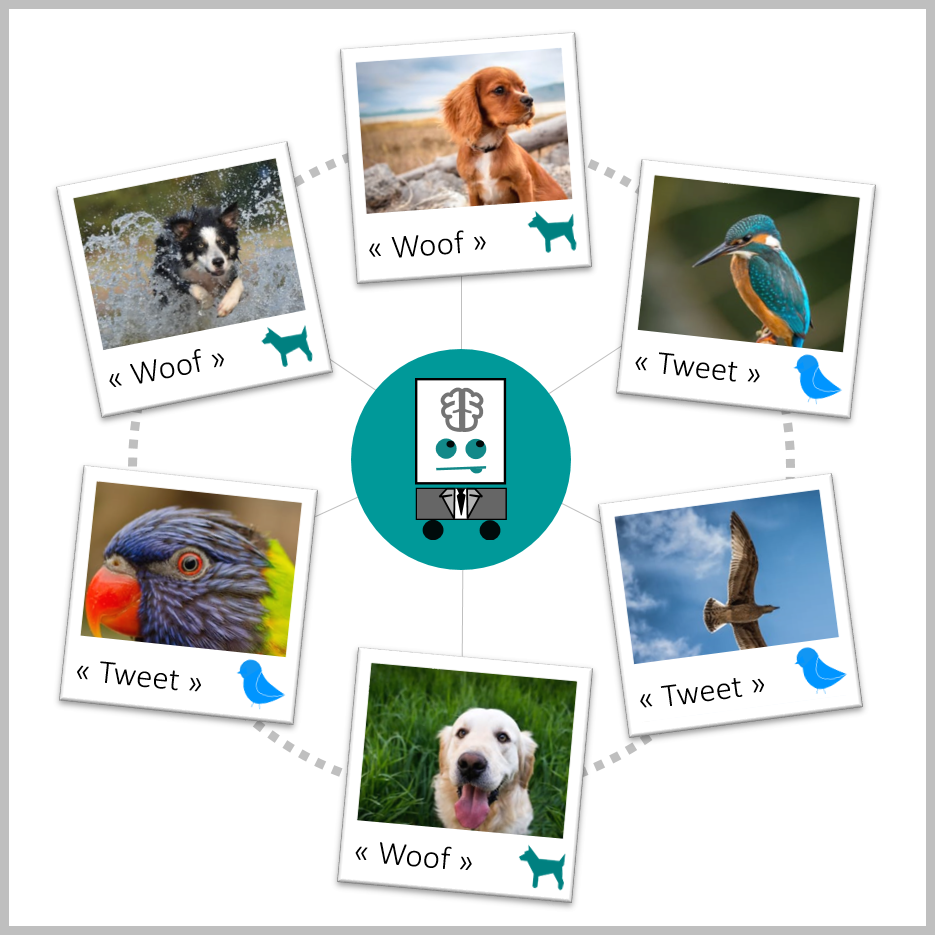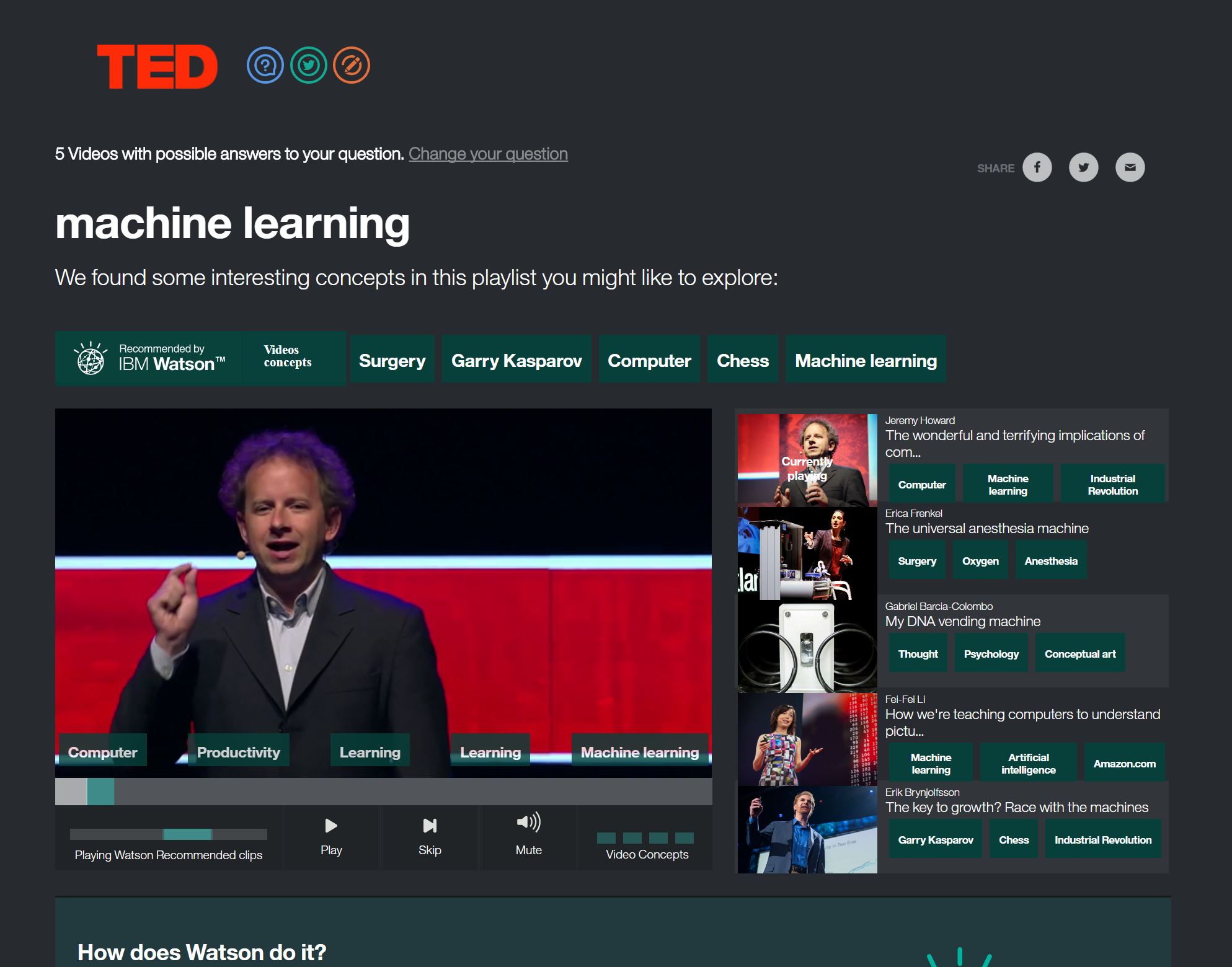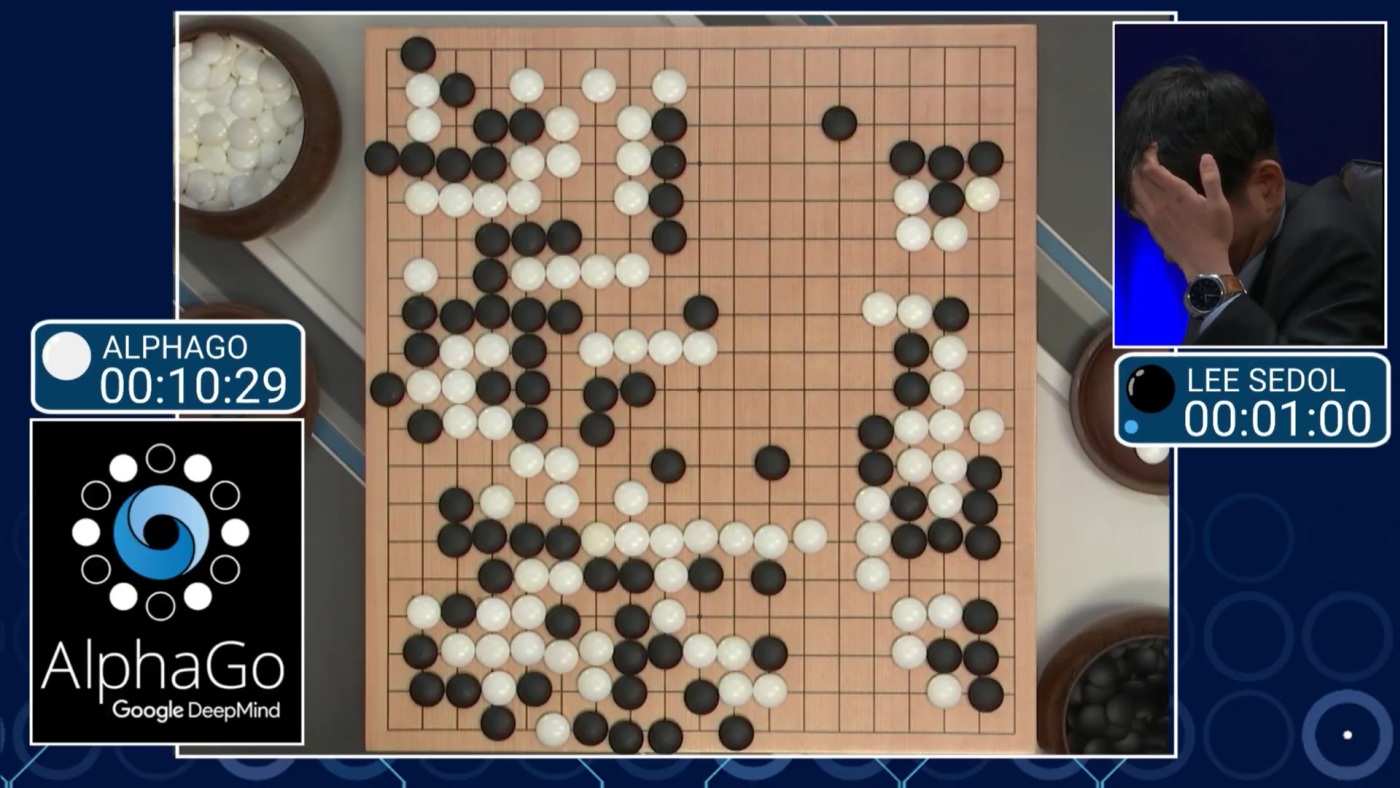Shopping cart abandonment: a Google Analytics ad
Why do users abandon shopping carts? This very relevant ad for Google Analytics shows some evidence in an entertaining [...]

Have you met Watson? He is IBM supercomputer, combining artificial intelligence and sophisticated analytical software that allows it to analyze lots of data and make complex decisions and predictions. Machine learning is everywhere nowadays, and just as any buzzword, its use far outreaches its true meaning. During Crea first innovation meetup in Geneva last week, François Rodriguez, from Crea, and IMB Jérôme de Nomazy introduced me to Watson, and at the same occasion helped extract the truth from the myth.
Truth
Whereas traditional system programming details all interactions and hypothesis (if… else…) to support the system behavior, machine learning focuses on an algorithm empowering the system to learn by itself. To take an example, imagine programming a software to automatically detect dogs and birds in pictures. The first step of course would be for the program to learn how to recognize a dog from a bird. Traditional programming will focus on defining the criteria that make a dog visually different from a bird: does it have wings? how many legs does it have? does it touch the ground? etc. Instead, machine learning will work on an algorithm allowing the system to process the data. Specialists in cats and dogs will then train it by giving examples: this is a dog, this is a bird. The system will deduct the criteria itself from the given examples.
Myth
Computers can only deduct the most logical hypothesis from the gathered data. They analyze the data, list all possible hypothesis and give a probability score to each of them, according to experience and knowledge. So the outcome is more a [n%] chances hypothesis than an absolute truth.
Truth
Machines can be trained in a supervised or unsupervised way. Deep learning refers to a training method where the machine creates the connections itself, based on a network of hardware and software mimicking the web of neurons in the human brain. Along with reinforcement learning, the machine is able to develop the connections that will most likely lead to success.
Myth
Modern machines are trained by specialists (for example on dogs and birds.) In a theoretical world, the machine could always be learning from users’ feedbacks, and anyone confirming a bird or a dog decision could improve the system algorithm. But what happens if users are wrong? And are all users specialized in birds and dogs? Machine learning is all about governance.
Truth
With more and more powerful computers, machines can now process more data, which extends the limits of their cognitive possibilities. By analyzing the data and defining the criteria and models, machines can deduct hypothesis for even complex games like Go.
 The site watson.ted.com allows Watson to answer questions with the relevant abstracts from talks videos
The site watson.ted.com allows Watson to answer questions with the relevant abstracts from talks videos
Myth
With new and powerful technologies, machines can process lots of data. But best decisions are based on the most qualified data: no need to surcharge the computer with too much worthless information, but rather focus on added value.
Myth
Machine learning has existed for quite some time, and was already used for chess-playing computers, spam filters or call-centers. What has changed, and the reason why we hear more and more about it today, is that now the possibilities have increased exponentially and open a new range of possibilities.
 Google DeepMind Alphago was able to win Go game against champion Lee Sedol
Google DeepMind Alphago was able to win Go game against champion Lee Sedol
Truth
A few yers ago, machines were able to learn and play chess. The game is composed of a limited (even if gigantic) number of possibilites and combinations. But games like Go were only made accessible to machine learning with new and powerful components, allowing systems to process quickly a lot more data. That’s actually the present machine learning revolution.
Myth
As any progress, machine learning is associated with unemployment, fear of the future and Terminator’s Skynet. It’s quite the opposite actually. If unqualified jobs are transitioning to machines, added value is placed more and more on engineering, where humans will always be needed. As an example, whereas Germany is the 3rd most robotized country in the world, its unemployment rate has decreased by 37%.
